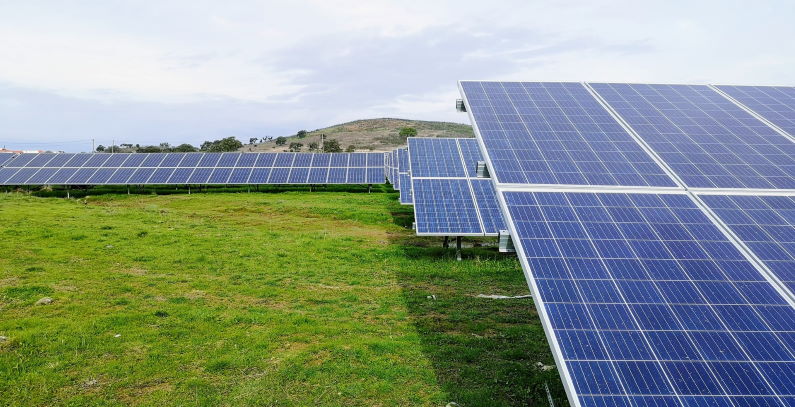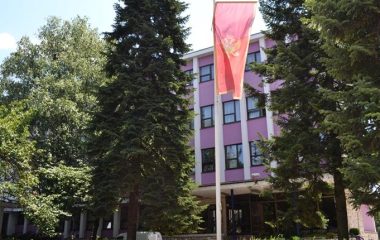
Photo: Unsplash
The Energy Agency of Slovenia is receiving applications for the support package of an overall EUR 10 million for electricity from renewable sources and advanced CHP technology.
Operators of plants in Slovenia that produce electricity from renewable sources or in high efficiency cogeneration – combined heat and power or CHP, can apply by September 10 for state funds. The Energy Agency said its seventh public call is worth EUR 10 million.
The support scheme is for the selection of projects of new and refurbished facilities or groups of projects for new plants. The sixth call, with the same sum, was published in December and completed in April and 32 units were picked with 13.1 MW in total.
Twelve of them were fossil-fueled CHP plants, with an overall capacity of almost 8 MW. There were 51 applicants.
In comparison, 19 units were selected in the fifth competition in November, also for EUR 10 million. Their combined capacity was 26.7 MW, of which 25.9 MW were 13 cogeneration systems using fossil fuels.
Emissions limit for high efficiency CHP plants
Investors or individuals will submit building permits. After projects are selected, a guarantee or deposit equivalent to 2% of the investment value of the project must be provided within 30 days.
Eligible CHP plants have carbon dioxide emissions of a maximum of 600 kilograms per megawatt-hour.
Biggest chunk is for new renewable power plants
The selection will be conducted in two rounds, of which EUR 8 million is earmarked for the first group of the first round: new renewables including systems for the utilization of energy from waste. The upper limit in electric power capacity is 10 MW per plant, except for wind power, which is capped at 50 MW.
Most categories of eligible projects are capped at 10 MW, while wind power plants have an upper limit of 50 MW
The second group are green energy and CHP projects for the collection and production of fuel, material for the extraction of biogas or the use of geothermal energy. The Energy Agency said the segment is worth EUR 1 million and that the maximum capacity of biogas and geothermal projects is 10 MW. In the case of high efficiency cogeneration, the limit is 20 MW.
The remainder is for the second round. It consists of refurbished renewable energy and CHP systems in Slovenia, wood biomass units no longer eligible for other support due to age, and production plants that failed in the first round.









Be the first one to comment on this article.